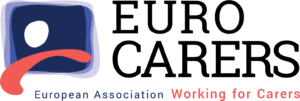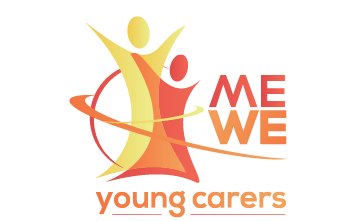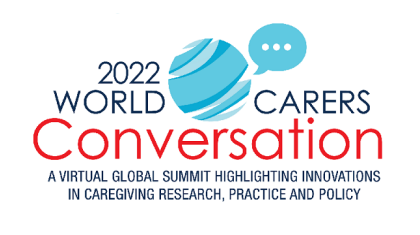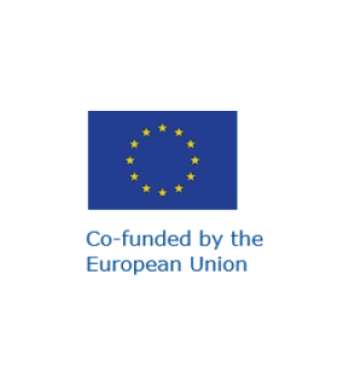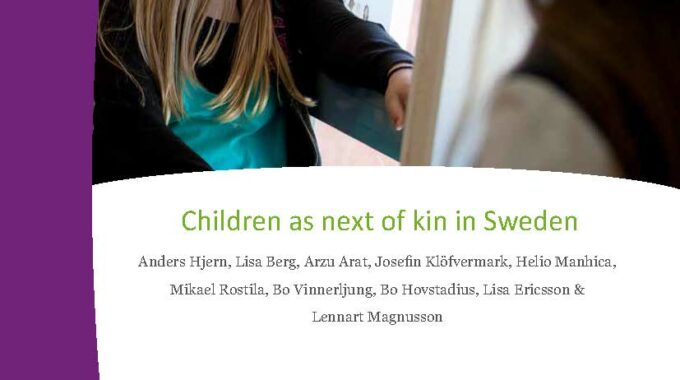
Children as next of kin in Sweden
This overview, ‘Children as next of kin in Sweden’, is a summary of eight reports on children as next of kin in Sweden. The government initiated a wide spreading development work, in which the National Board of Health and Welfare, the National Institute of Public Health, Swedish municipalities and health care regions collaborated to strengthen support to children and young people in families with substance abuse, serious illness or mental ill-health, violence or death of a parent. These eight reports provide the foundation for this work. The references to the original reports are found at the end of the overview. The overview builds on the results from the studies:
- Children as next of kin-how many are they?
- Children as next of kin and school performance
- Health and social living conditions in young adults with childhood experience of parental death
- Health and social living conditions in young adults with childhood experience of parental substance abuse and mental illness
- How many children in Sweden experience parental cancer and what are the consequences from a life course perspective?
- Traumatic stress in refugee parents and consequences for their children – a systematic literature review
- The societal cost of children who have grown up with parents with mental illness, addiction to alcohol or drugs
- The societal cost of fetal alcohol syndrome (FAS) in Sweden
The reports are produced by researchers at CHESS, Karolinska Institute/University of Stockholm, The Swedish Family Care Competence Centre (Nka) and Linnaeus University (LNU). The work was commissioned by Nka/LNU who in turn had a remit from the National Board of Health & Welfare to build up a knowledge base and to disseminate the knowledge and enable knowledge exchange and learning networks to take place.
